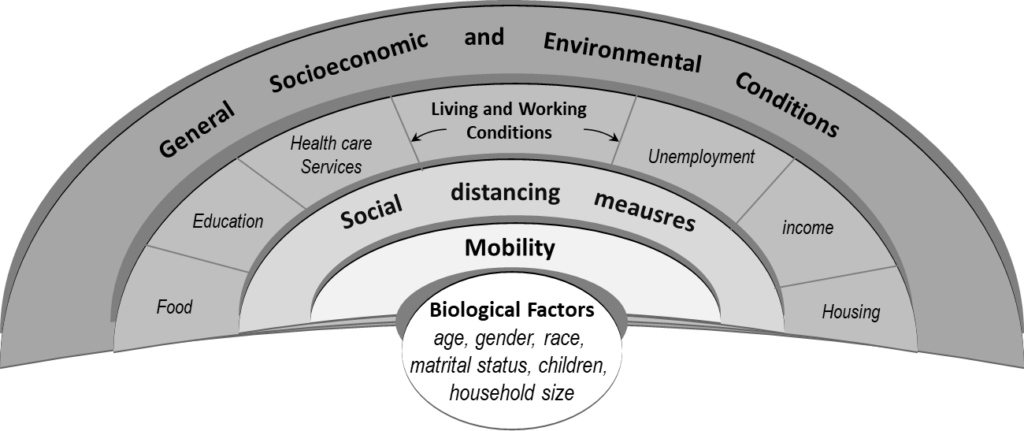City Know-hows

Target audience
Municipal commissioners of cities and mayors; Actors and decision makers with responsibility for urban housing.
The problem
There is a concentration of tuberculosis patients in the resettlement colonies in M-East ward, Mumbai, which have poor ventilation and sunlight characteristic
What we did and why
We undertook a household survey and calculated sunlight and ventilation parameters in three resettlement colonies using computation models.
We found an association between burden of tuberculosis and poor ventilation and poor sunlight parameters.
We also reviewed guidelines for building resettlement colonies in Mumbai. We did this to demonstrate that poor policies and their execution may lead to preventable public health disasters like tuberculosis which the country is trying to fight.
Our study’s contribution
Our study suggests that design changes need to be made to make the colonies better places for tuberculosis patients to heal and to prevent the further spread of infection to family members and neighbours.
Impacts for city policy and practice
This study supports a demand for changes in policies for the building of resettlement colonies in Mumbai to reduce tuberculosis and support patients healing at home.
It also has international implications where similar living situates are created by bad architecture and poor planning.
In terms of health equity, we ask that policy makers treat the poor and underprivileged same as the rich, in terms of preparing guidelines and policies for construction of housing colonies. Our paper outlines some of the modifications to building design and practice that are required.
Further information
Peehu Pardeshi (@peehu1988), Balaram Jadhav, Ravikant Singh, Namrata Kapoor, Ronita Bardhan, Arnab Jana, Siddarth David, Nobhojit Roy
Full research article:
Related posts

The psychological impact of social distancing order during the COVID-19 pandemic can be determined by combining the effects of both individual and community capacities. This study supports the need to improve the physical environment to implement more sustainable health policies in different communities and cities across the world.

Heat exposure and greenness influence health and learning outcomes. Satellite images show schools on the Coast have strong heat stress levels and low vegetation; schools in the Andes have the largest solar radiation. Reforming school infrastructure standards is urgently needed in Ecuador. To describe environmental conditions in nine Ecuadorian schools, we analyzed three variables: temperature, vegetation, and solar radiation derived from satellite images that we downloaded from Google Earth Engine. We compared schools across three ecoregions to see differences in range and average values.

Australian pilot study finds a Healthy Urban Transition Tool can assess the liveability of urban environments and assist in transitioning neighborhoods towards improving the social determinants of health and health equity.